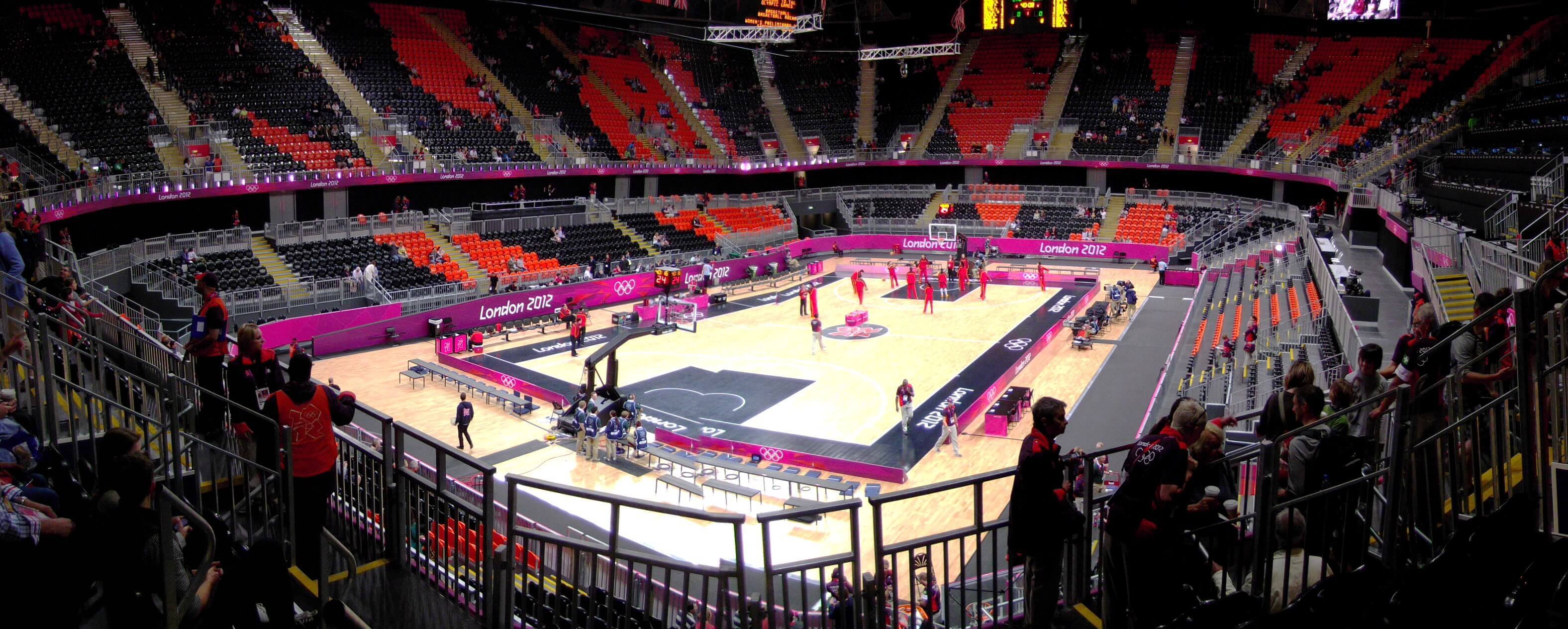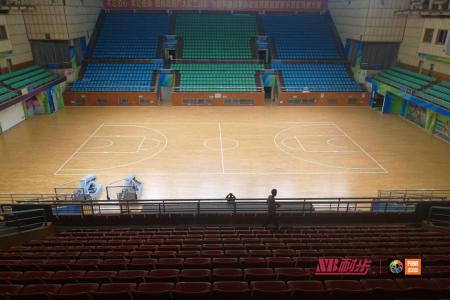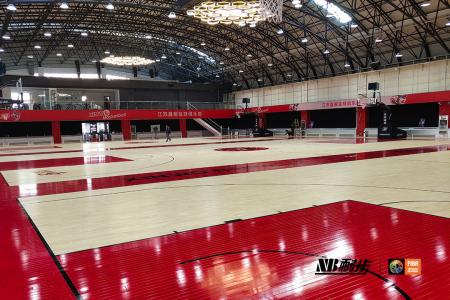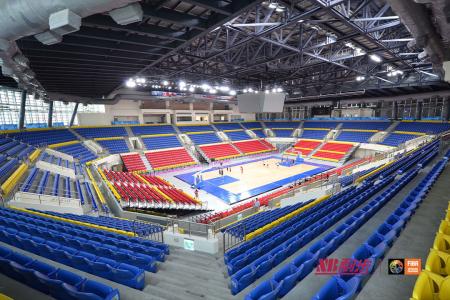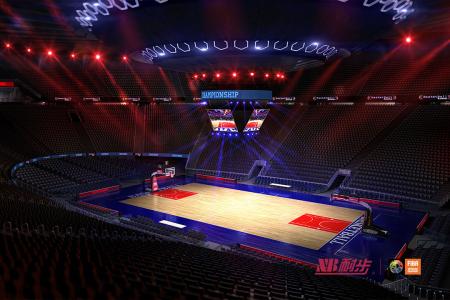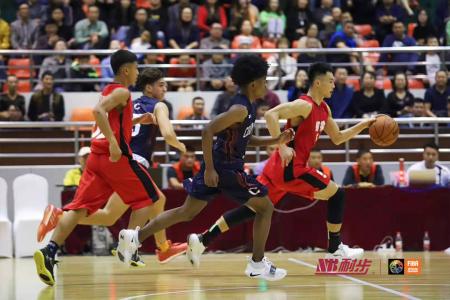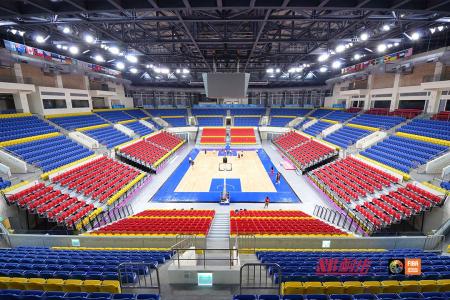Introduction of sports wood floor structure

Moisture-proof layer: PE geotechnical moisture-proof film
Stabilization layer: usually use larger-format boards, mainly OSB boards, plywood, etc. The size is basically 1.22*2.44m, and the thickness is mostly above 12mm.
Elastic cushion: elastic cushion materials include PU, rubber, recycled rubber, PVC, etc., which mainly provide shock absorption for the system.
Nails: Panel nails use 50mm L-shaped or T-shaped special strong nails for wooden floors; the stabilization layer is usually connected with U-shaped nails and keels.
Bearing layer: The bearing layer can be made of single keel or double keel, and usually requires the use of preservatives for anti-corrosion treatment. The keel spacing is generally set to 400mm. According to whether the keel is fixed to the ground and what kind of fixing method is adopted, the sports wood floor can be divided into a suspension system, a fixed suspension system and a fixed system.
Panel: The panel can be solid wood composite or solid wood board. The tree species are selected from high-quality hardwoods, and the more commonly used are hard maple, ash, oak, beech and so on. Because maple is a long-fiber tree, it has good toughness and moderate hardness, and has the best viewing effect in games and TV broadcasts, so the panels of most gymnasiums in the world are made of maple. The moisture content of the panels shall not exceed the local equilibrium moisture content. The maple panel specifications of MFMA imported from abroad are generally 20mm, 26mm thickness, 38mm, 57mm and so on. Most of the domestic plates are 22mm thick, with grooves and flanges.
Scribing: Use the scribing paint matched with the panel paint.
Baseboard: 80mm×60mm type solid wood baseboard.
Paint: The paint is divided into two types: UV paint applied in the factory and polyurethane paint applied on the construction site, both of which must meet the requirements of the friction coefficient of 0.4-0.7. In terms of environmental protection, it is necessary to achieve no triphenyl (ie, benzene, toluene, xylene) and no three benzene (ie, paint, curing agent, and thinner do not contain benzene), and have wear resistance, slip resistance, and light refraction. Good performance in terms of degree and so on.

